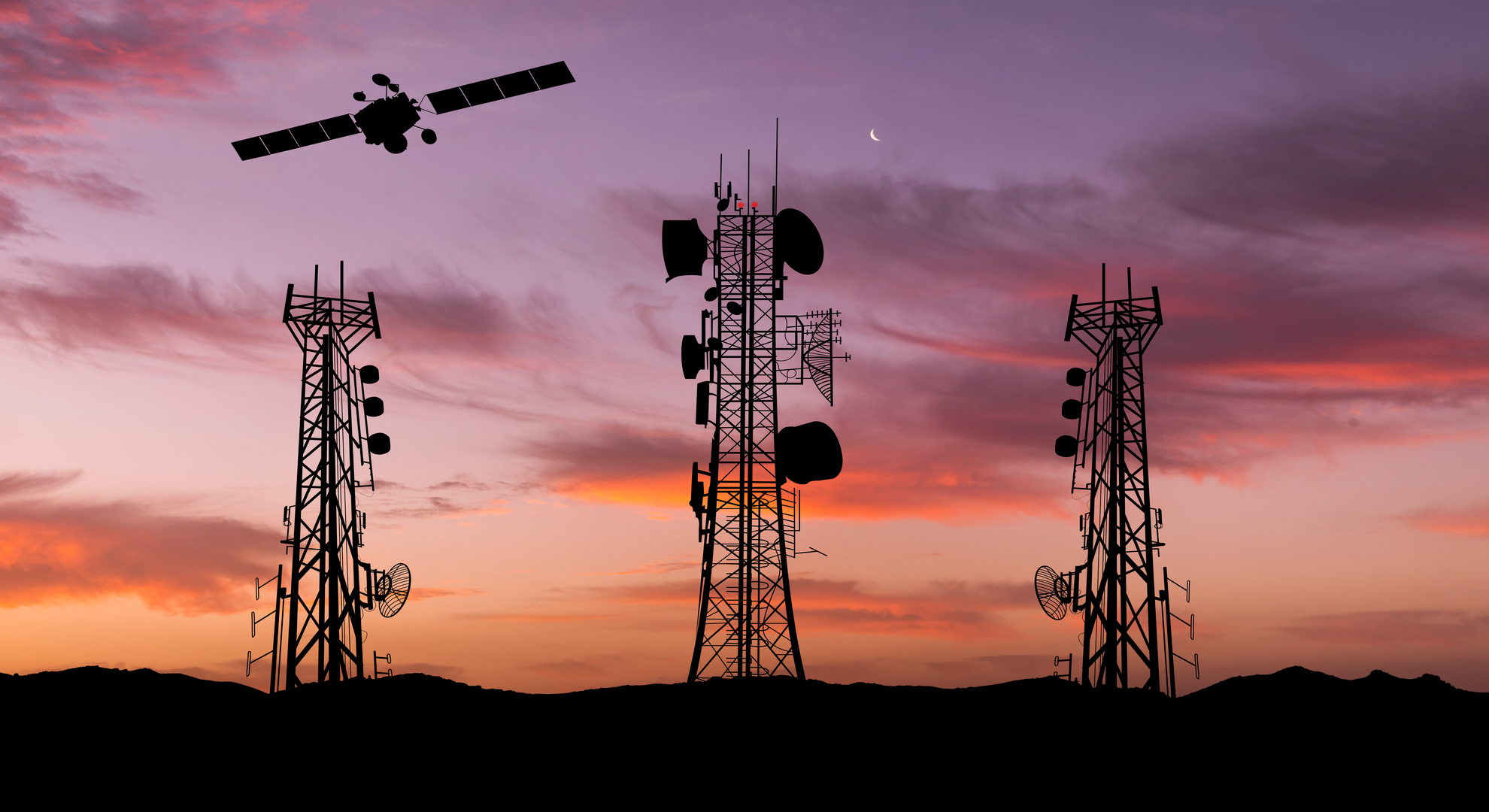
15 Mar Latest update from the communication satellites industry
Although clearly somewhat overshadowed by all the excitement around 5G technology – especially when it comes to getting noticed in the general, non-specialist press – the truth is, growth in the satellite connectivity industry and the part of the communications sector that involves aerospace technology hasn’t stopped to take a breath in recent months. And 2024 promises to be a year with several interesting milestones for the industry along the way.
While satellites never get the same number of headlines as innovations in mobile communications or advances in artificial intelligence, without satellite connectivity, communications in vast swathes of the planet, as well as the ability to go online on various forms of transport, like aircraft and ships, would forever remain a pipe dream. So, what can we expect to see over the next twelve months?
Growth in satellite constellations
The proliferation of LEO (low earth orbit) satellites is likely to reach a new high as their numbers creep into the hundreds. Private companies like Space X and OneWeb will continue to occupy low orbits in the upper layers of the atmosphere with their satellite constellations, with the ultimate goal of providing broadband satellite connectivity, as well as other types of highly popular communications solutions, such as geolocation or remote detection tools.
These types of applications, which are increasingly in demand and valued in the corporate world, will ensure the struggle between private satellite communication companies and mobile operators remains as fierce as ever. Especially when it comes to allocating radioelectric frequencies, which are essential to facilitating communication on both sides of the fence.
Despite the competition, the public and private sectors are actually working together to improve communications by combining the best of both industries. This is certainly the case with HAPS (high altitude platform systems), designed to improve 5G wireless connectivity, but which require unmanned aircraft to fly at higher altitudes than conventional aircraft, although lower than LEO satellites. Airbus is a great example, through their subsidiary Zephyr, which hopes to be able to implement one of these systems later this year to offer broadband, as well as Earth observations.
A new player in the crowded satellite communications market
The fact that this somewhat strange competitive equilibrium exists isn’t stopping new players from entering the market. And we’re not talking startups, either. Amazon wants to blast into the satellite connectivity market with its LEO Kuiper project. Although at first glance it might appear they’re doing this simply to put their primary rival, Starlink, under pressure, the team behind the initiative say they also hope to reshape the market and be as innovative as possible. These examples are solid proof that big companies – in the communications sector, but also in others – are looking skywards and seeing space as a new commercial playground where they can offer products and services.
Communications in space for smaller stakeholders: nanosatellites
This competition could soon even go beyond boiling point. In fact, satellites that are much more modest in size and complexity – so called mini-satellites or nanosatellites – have already started to enter planetary orbits this year. These types of satellites significantly reduce the size of the hurdles less well-resourced organisations have to overcome to enter space, facilitating somewhat more “democratic” access to satellite connectivity and guaranteeing projects to expand broadband infrastructure and data transmission in developing countries, as well as in areas of the world that really need it, such as Central America and India. According to figures from Research and Markets, the nanosatellites market could reach a global value of almost $4 billion in 2024.

